Are all software developers introverts?
I realize that it has been nearly a year since I have posted on this blog. I was short of time rather than short of ideas. To make amends, I have come back with something slightly more ambitious than previous publications, the first of many I hope. In this article I will explain to you the results of a small study that attempts to verify a stereotype that was often mentioned to me during my career in IT: that software developers are introverts. This vision of the programmer runs counter to another persistent stereotype you might know: that software developers are attracted to novelty. Indeed, it has been shown that novelty seeking is positively correlated with extraversion and emotional stability (De Fruyt, Van De Wiele, & Van Heeringen 2000). This was confirmed to me by Michel Hansenne, professor of differential psychology at the University of Liège (2014). If these two stereotypes are contradictory, which one is true?
The first clue I found was in the search for novelty: it may be noted that headhunters specializing in the recruitment of software developers have not waited for the results of scientific studies to use this argument to entice new recruits by telling them about new technologies, they address this before even the issue of finance. This aspect of the personality of the average developer seems quite plausible because I have noticed many times that some of them adopt what I call “CV Driven Development” This is a counterproductive practice (for the company) which is to focus almost always new technologies, not for objective technical reasons but to be able to add this new knowledge to their resume or only for the pleasure of experiencing something new.
I then asked if anyone else had asked the question. Although I found no academic scientific study on the issue, I can still quote the Evans Data Corporation report “Developer Marketing Survey 2014“, the results were included and discussed in the popular online specialist magazine InfoQ (Avram, 2013). The report from this company, specializing in the analysis of the target population for this study attempts to provide an answer to this hypothesis through a questionnaire sent annually to its panel of over 75,000 developers in 85 different countries. Their results confirm the absence of introversion and confirms novelty seeking as a very common characteristic in the target population. My study attempted to determine whether similar results can be obtained using a standardized personality survey rather than self-evaluations in simple questionnaires.
To test my hypotheses, I used two personality surveys which compared the results to the mean population using the Student t test. One is the Temperament and Character Inventory-Revised (TCI-R: wiki) Cloninger. The second is the Revised NEO Personality Inventory (NEO PI-R: wiki) of Costa & McCrae.
The sample consisted of a total of 50 subjects, all masculine, some of whom responded to both questionnaires (32) and some only one (TCI-R: 38; NEO PI-R: 44). Note that this is a convenient sample since all these subjects are final year students of computer science who participated in a specialized coaching program of my design for which access was conditional on performance in an entry test.
If the results shed light on our question, they also give some interesting insight on other matters. First, with the TCI-R, there is a strong difference in the temperament “Novelty Seeking” (p = 0.000), which confirms the hypothesis that the developers would be eager for the new, this is not very compatible with introversion. One can also note an interesting way that the character “Self-Transcendence” which is associated with spirituality, is also significantly different from the mean population (p = 0.037), despite the fact that the sample was culturally eclectic.
The results from NEO PI-R found one statistically significant difference in the factor “Neuroticism” (p = 0.015) which determines emotional stability. This could be explained by the fact that most of the sample consisted of placed (ie successful) students. One can also note the interesting way that extraversion is a slightly above average level, which also confirms the hypothesis.
My results show that, for my sample, the dominant personality type is far from introversion. In fact we can demonstrate a clear difference from the general population in the dimension of novelty seeking, the opposite of introverted behaviour.
It is possible that the origin of this stereotype comes from a misunderstanding about what introversion is. The concept could be confused with another facet of the personality: ie sociability. But even here, the results of my survey do not support the idea of introversion (Agreeableness in the NEO Pi-R or reward dependence of the TCI-R). I think the genesis of this stereotype is in the very nature of computing that by its apparent complexity, may have created a divide between IT and others, in specific contexts, and perhaps even at different times. To test this idea would require the development of a larger study.
With the limitations of this study, one might assume that the difference is only statistically significant due to a sampling problem. Indeed, the subjects were all involved in an internship supervised by a center for innovation and creative projects. One could easily imagine that these subjects have applied to do their internship with us because they were originally already very interested in innovation and new technologies.
In conclusion, I would say that this study and the various initiatives in this area show that studying this particular population could prove to be a very interesting opportunity. The financing of an international study could also be possible: most customers mentioned on the website Evans Data Corporation consist primarily of multinational technology companies like Microsoft, IBM, HP, Google or Adobe for example. It seems to me particularly appropriate to find collaborators with one foot in the industry of these companies and the other in an academic institution doing research in psychology….
Want to participate in one of my future studies? Please fill in this form and I will contact you: http://bit.ly/psydevform
References
- Avram, A. (2013, Février 20). Are Developers Introverted or Extroverted? Are They Intuitive or Logical? Retrieved from InfoQ: http://www.infoq.com/news/2013/02/Introverted-Intuitive-Logical
- De Fruyt, F., Van De Wiele, L., & Van Heeringen, C. (2000). Cloninger’s Psychobiological Model of Temperament and Character and the Five-Factor Model of Personality. Personality and Individual Differences, 441-452.
- Hansenne, M. (2014). Entrevue & echange d’emails. (P. Mengal, Interviewer)



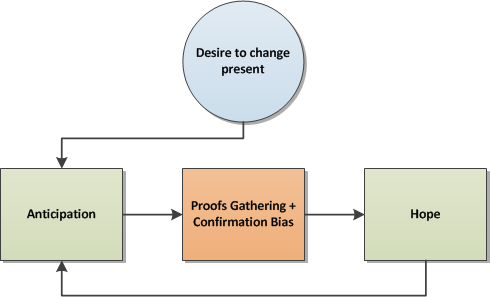
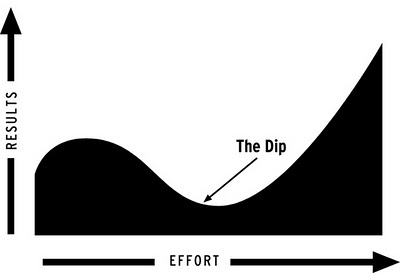
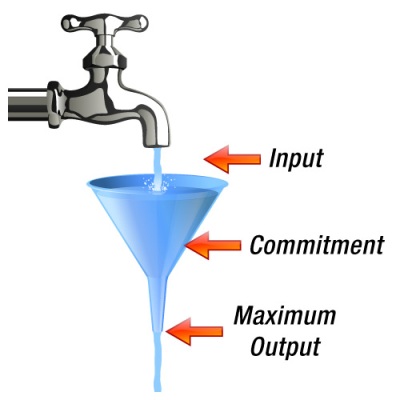
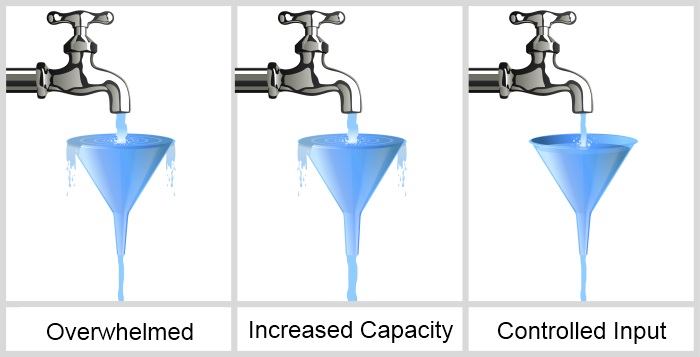

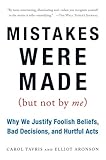







Recent Comments